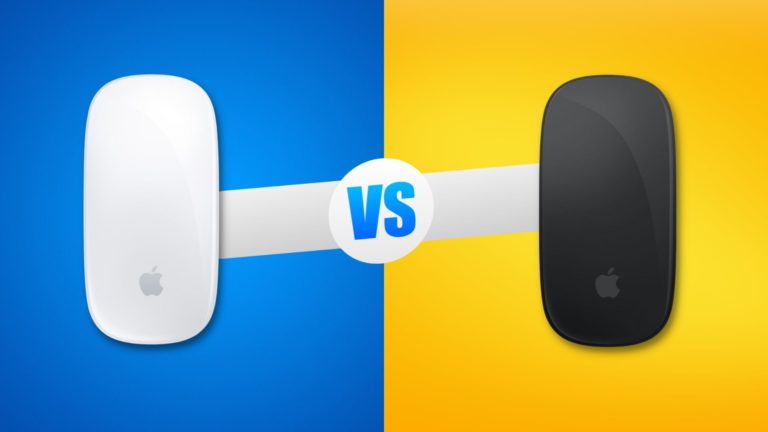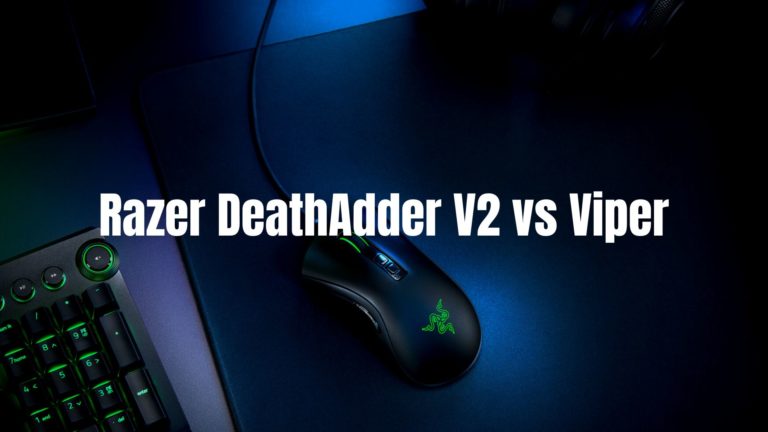Because of its wireless nature and the presence of the essential Logitech G Hub, the Logitech G502 Lightspeed has become one of the most active mice of 2020. Another reason for the mouse’s widespread popularity is its design.
The Razer Basilisk Ultimate is a direct competitor for this minibeast. The performance-enhancing mouse is equipped with a sensor that is precise enough to capture your heart. Because the sensor isn’t the only feature, the build quality is excellent, making it a strong competitor.
| Razer Basilisk Ultimate | Logitech G502 Lightspeed |
 |  |
| BUY NOW | BUY NOW |
| PROS | PROS |
| Rechargeable batteries. Activation Switch. Precise sensor. Focus+Optical LED sensor. Thumb resting support. | Sleek design. Rechargeable batteries. Activation switch. Logitech G Hub software. Fully compatible. |
| CONS | CONS |
| Not ambidextrous. Partially compatible with macOS. | Not ambidextrous. A bit slow sensor. |
DESIGN
You’re going to amaze yourself this time when you look at both of them at the same time. The resemblance that occurs in the underlying design is the source of the rising surprise. The presence of a bluish tint mixing with the black in Lightspeed is an exception. The inclusion of both a freewheel and a notched wheel in each of them gives them a comparable nature. So get ready for a lot of fun.
With its huge weight of 173g, Lightspeed’s beauty begins to disappear. The reason for calling this number big is that Basilisk only weighs 140g, which is rather adequate in comparison to the former’s enormous size. Both of them are able to locate the necessary thumb support, but neither of them is ambidextrous.
The rechargeable battery forces both to include a micro-USB port in addition to the charge activation switch.
FEATURES
Lightspeed’s whole mechanism is composed of 12 mechanical buttons, with three serving as side buttons. The number of side buttons is comparable in Basilisk Ultimate, making it a typical 3, but the number of mechanical keys is reduced by one digit, making the total count 11 instead. However, the programmable inputs here are plentiful, with a total of 24 compared to Lightspeed’s 21 programmable inputs.
Profile and CPI(DPI) switching buttons are also present in each of them.
PERFORMANCE
Originally, the competition was between their separate Optical LED sensors and the models that ruled them. In comparison to the HERO 25K, the Focus+ is a considerably smarter sensor. Both the CPI(DPI) count and the CPI(DPI) count have a difference. Lightspeed wins the count with a 25,600 CPI rate to Basilisk Ultimate’s 20,000 CPI rate. In comparison to Basilisk Ultimate’s 7ms latency rate, Lightspeed’s 10ms latency rate plays a huge role in describing its authority.
The presence of Razer Synapse 3 within Basilisk Ultimate makes it partially compatible with macOS devices while being completely functional in Windows. Many gamers like the Logitech G502 Lightspeed for this feature, because who doesn’t want to play without being bothered?
PRICE COMPARISON
Basilisk Ultimate is significantly more expensive than its competitors due to the sensor’s sensitivity. The starting price drops from a hundred dollars to somewhere around the thirty-dollar mark. Lightspeed has a more reasonable budget, making it a good pick.
FINAL VERDICT
Both of them have a lot of features in common, which makes the competition a little tricky. Because they both accomplish admirably in their respective courses. As a result, if you’re looking for a sensor, the Razer Basilisk Ultimate is a good option. The Logitech G502 Lightspeed, on the other hand, is a complete kit.






